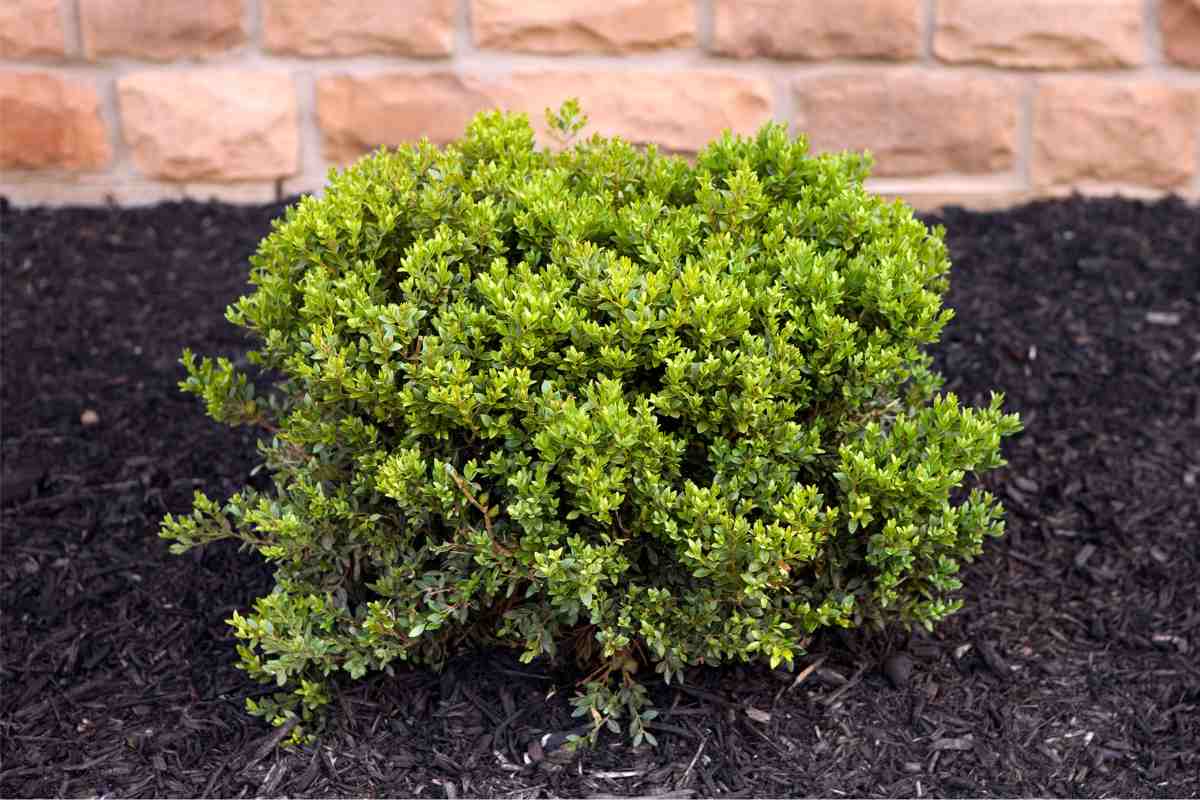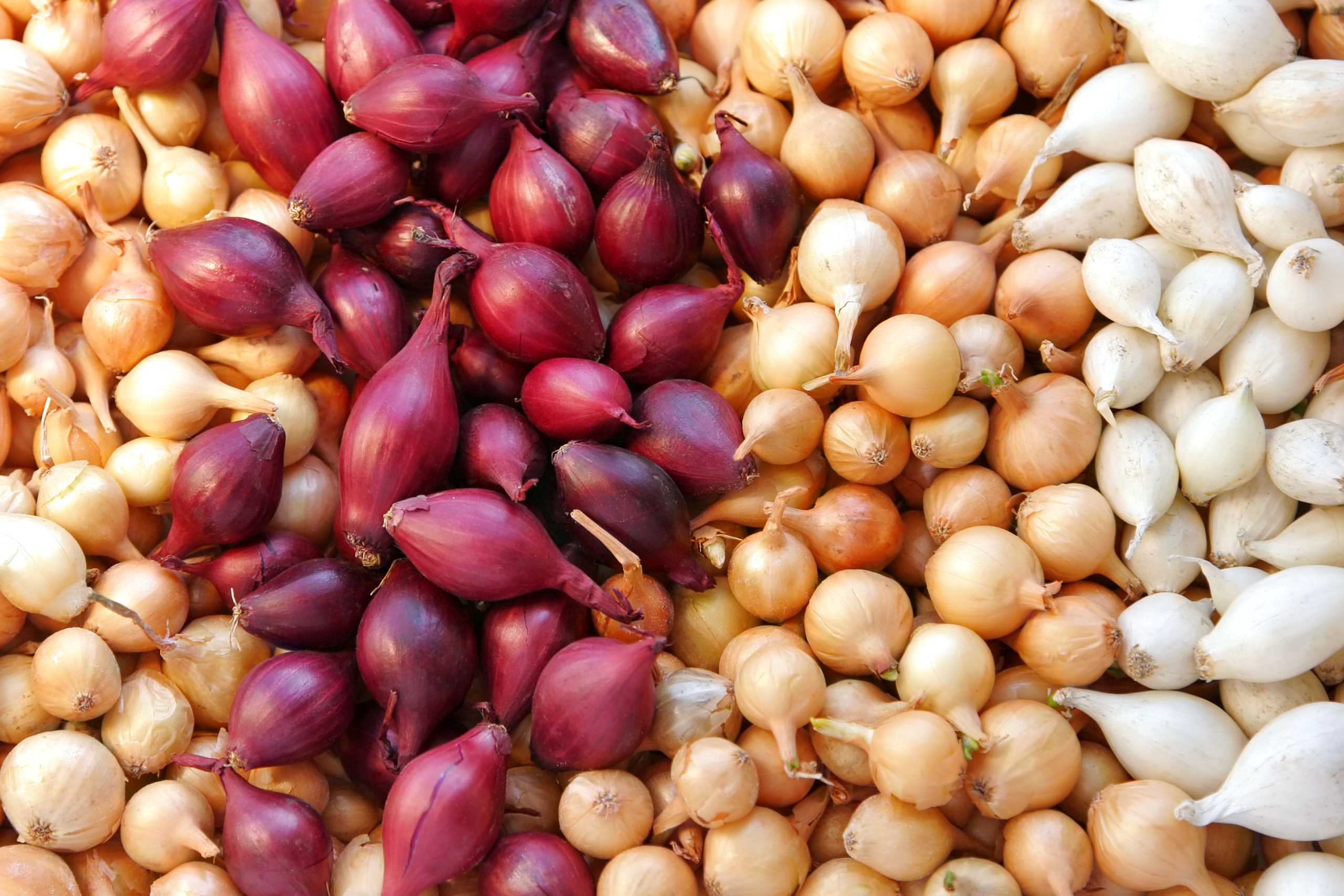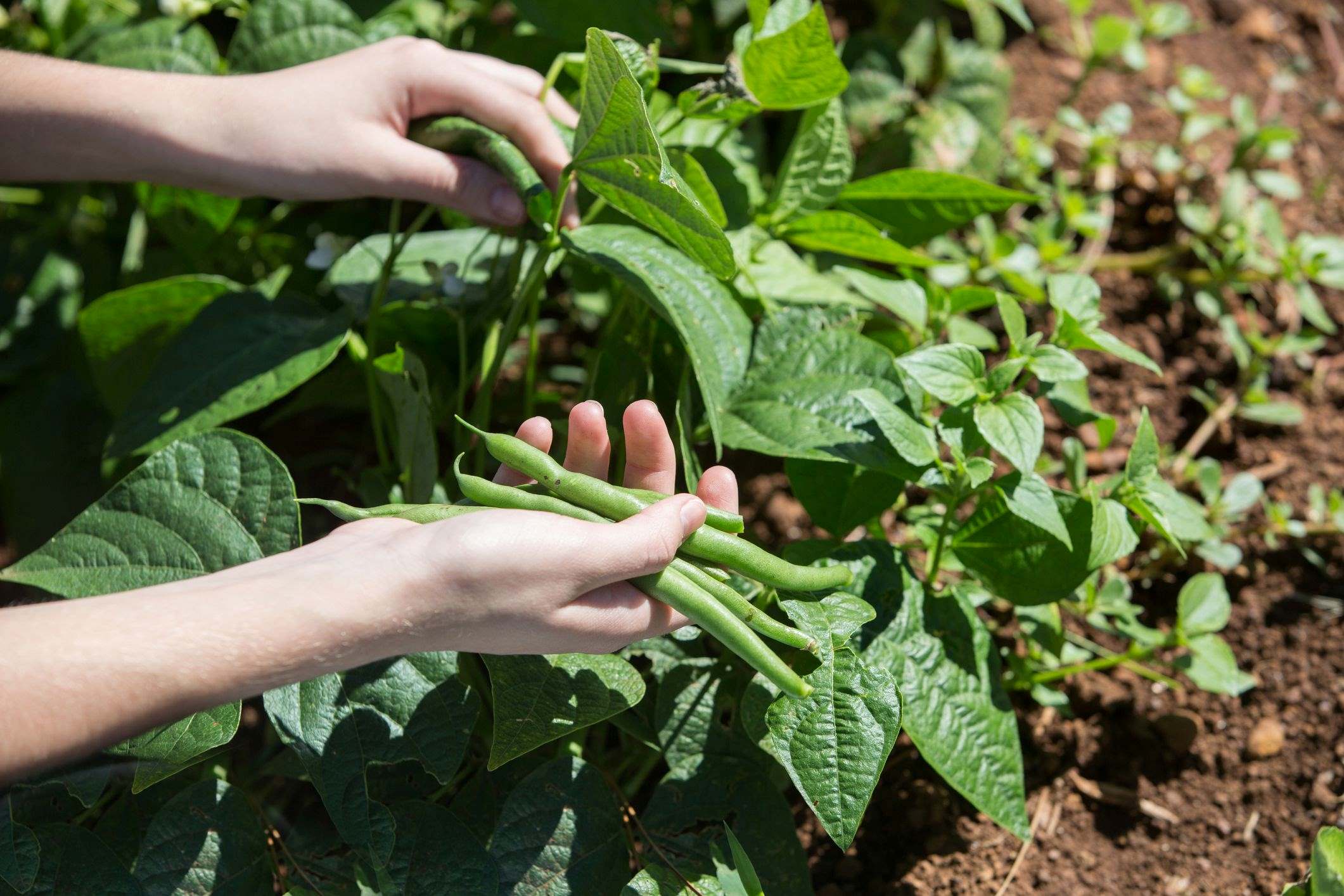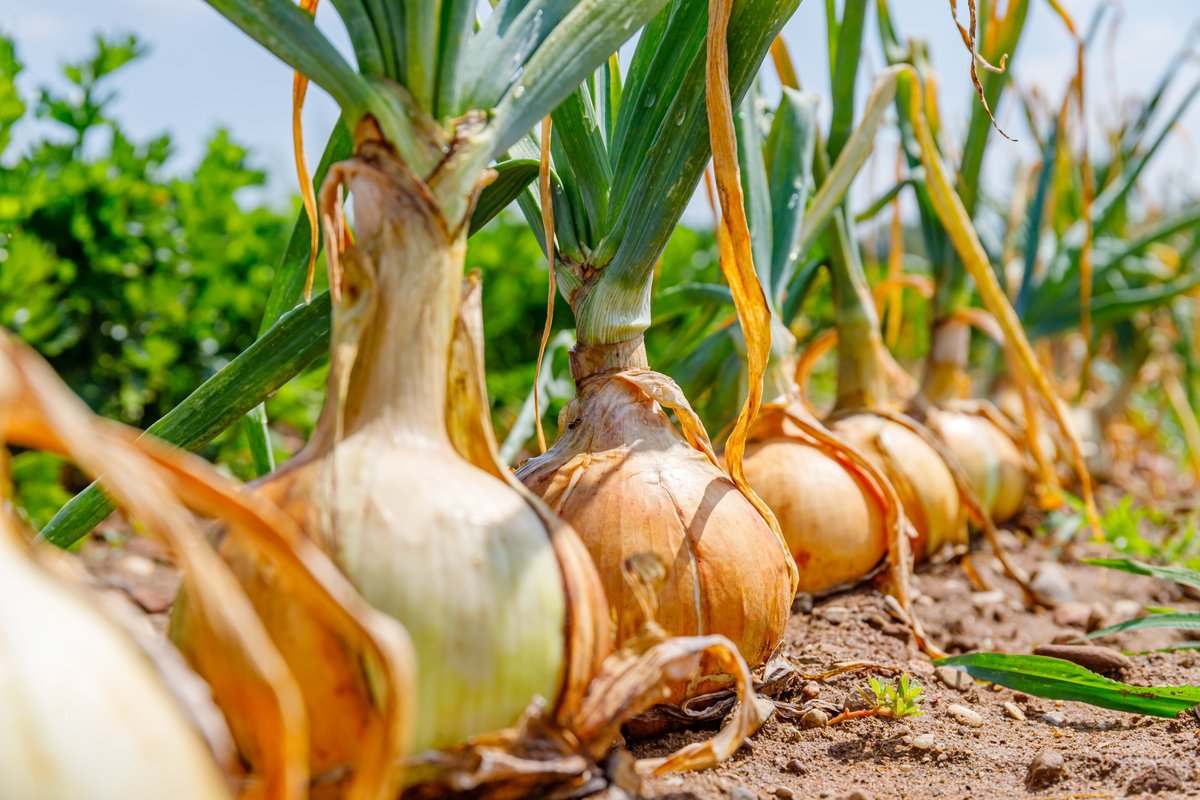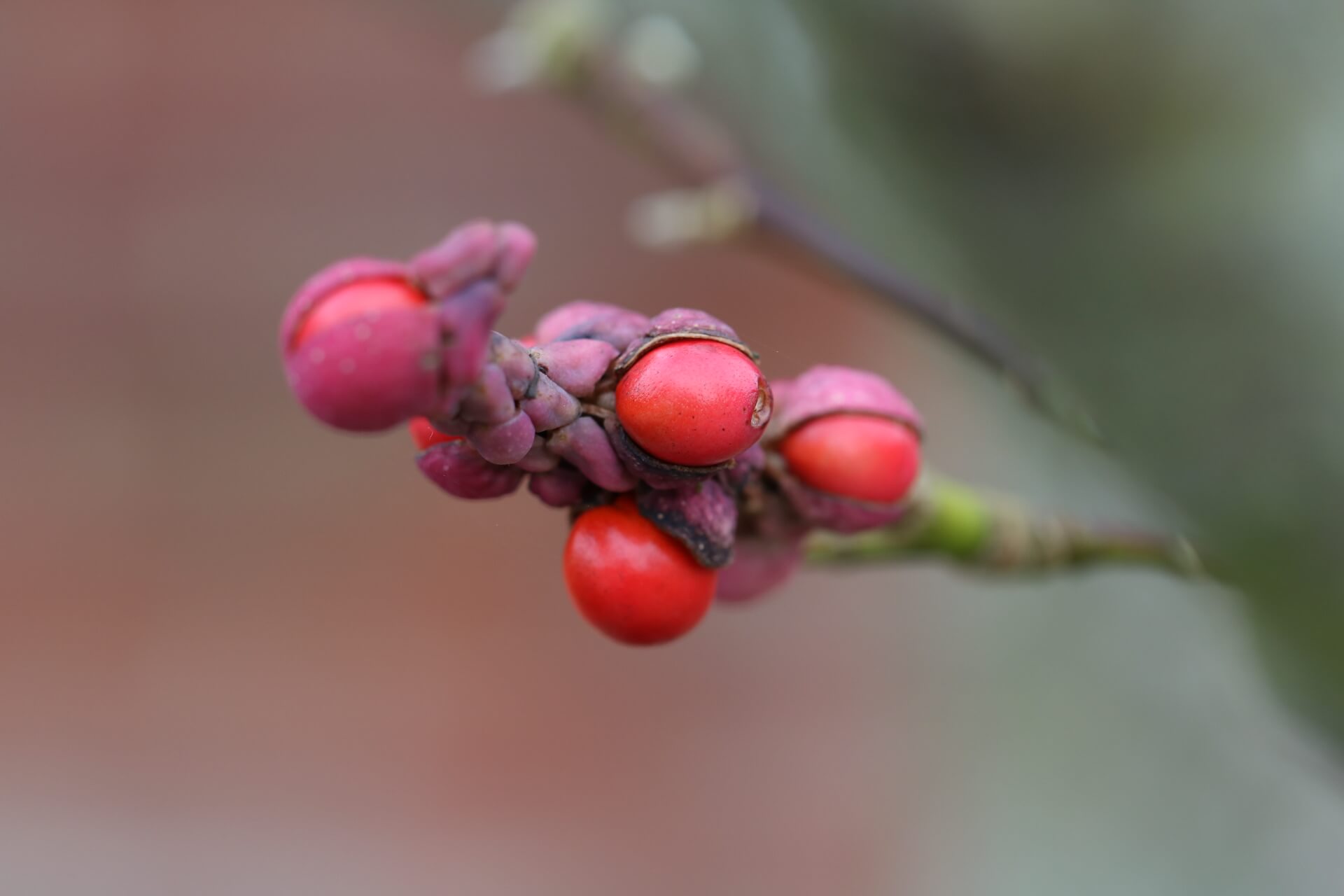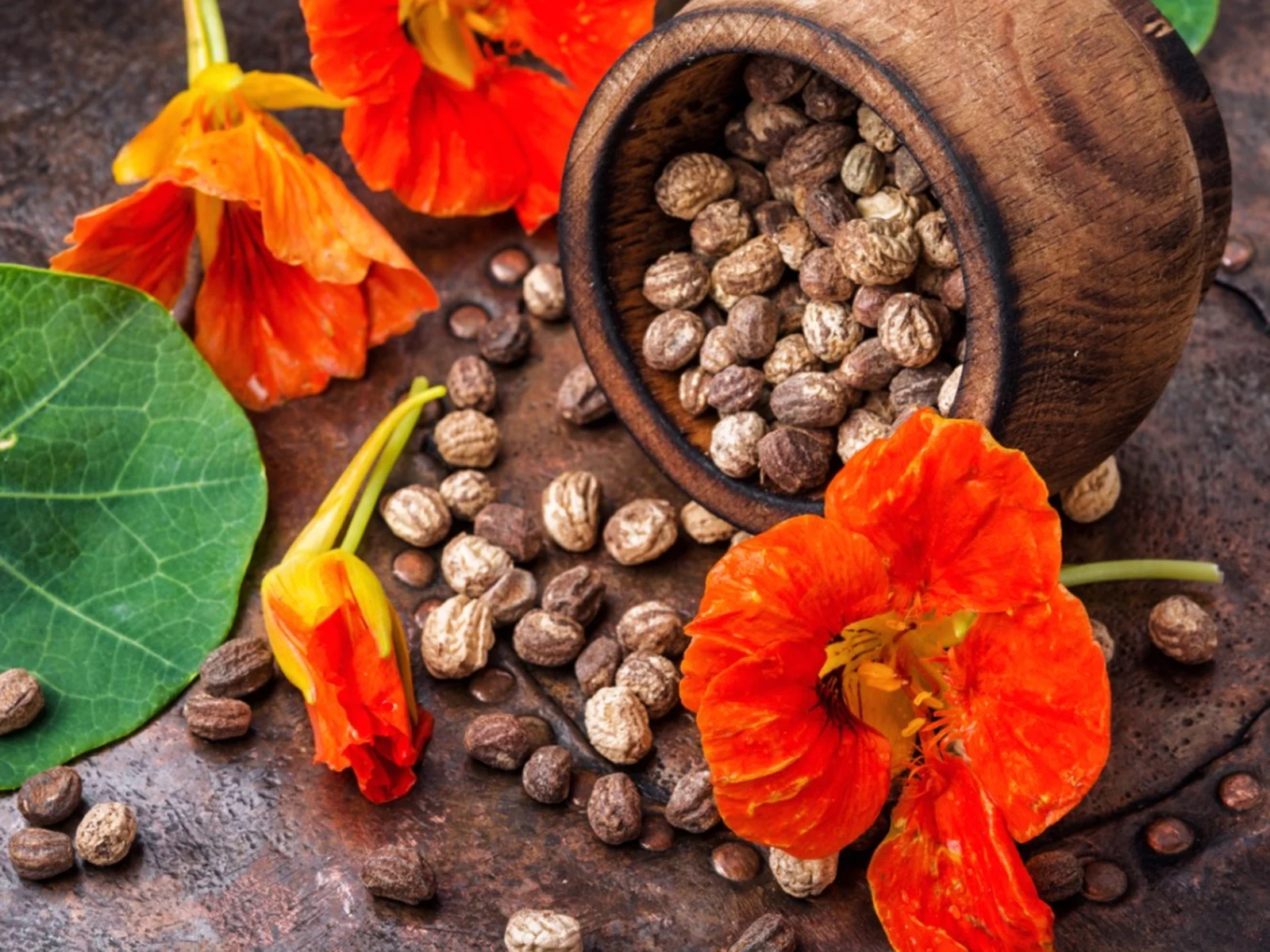Home>Types of Gardening>Edible Gardening>How To Plant Green Onion Seeds
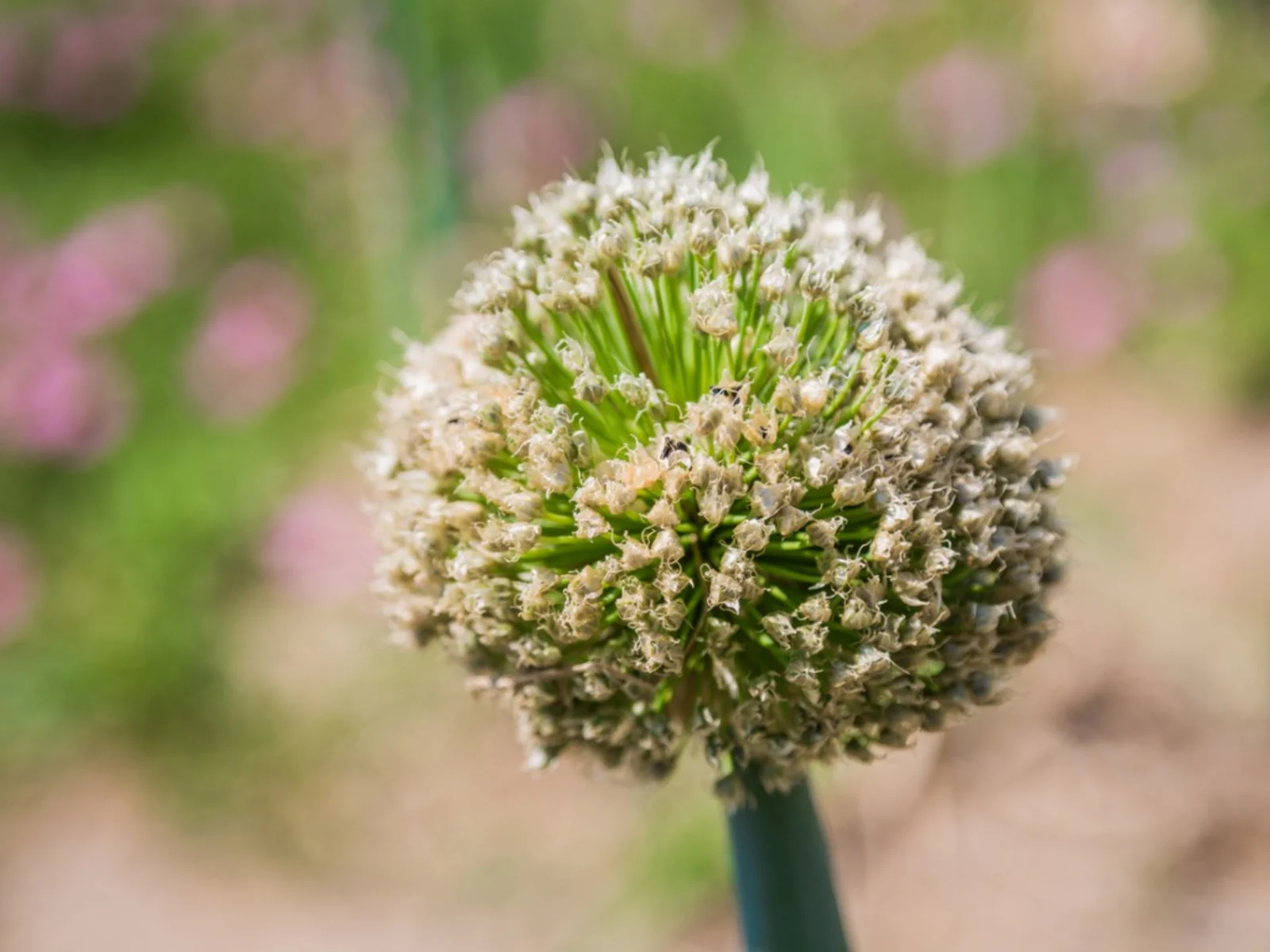

Edible Gardening
How To Plant Green Onion Seeds
Modified: January 22, 2024
Learn how to plant green onion seeds and start your edible gardening journey. Discover useful tips and tricks for successful cultivation.
(Many of the links in this article redirect to a specific reviewed product. Your purchase of these products through affiliate links helps to generate commission for Chicagolandgardening.com, at no extra cost. Learn more)
Table of Contents
Introduction:
Welcome to the world of edible gardening! If you’re looking to add a nutritious and versatile vegetable to your garden, green onions are a fantastic choice. Not only do they add a pop of color and flavor to your dishes, but they are also incredibly easy to grow.
Whether you have a large backyard or a small balcony, you can successfully cultivate green onions from seeds. In this article, we will guide you through the step-by-step process of planting green onion seeds and offer some helpful tips to ensure a bountiful and rewarding harvest.
Green onions, also known as scallions or spring onions, belong to the Allium family and are closely related to onions and garlic. They are characterized by their slender green stalks and mild onion flavor. These versatile vegetables can be used in a variety of culinary creations, from stir-fries and salads to soups and garnishes.
Not only are green onions delicious, but they are also packed with nutrients such as vitamins A, C, and K, as well as folate and fiber. Growing your own green onions allows you to enjoy the freshest possible produce, free from pesticides and other harmful chemicals.
So, if you’re ready to embark on your edible gardening journey and add a touch of freshness to your meals, let’s dive into the world of green onion seed planting.
Step 1: Choose the Right Seeds
When it comes to planting green onions from seeds, selecting the right variety is crucial. There are several different types of green onions available, each with its own unique characteristics and maturity times. Here are some factors to consider when choosing the seeds for your green onion garden:
- Scallions or Bunching Onions: Scallions are typically harvested when they are young and have slender green stalks. Bunching onions, on the other hand, have larger bulbs and can be harvested at a more mature stage. Decide which type suits your culinary preferences and garden space.
- Days to Maturity: Green onions have varying maturity times, ranging from 60 to 120 days. Consider how quickly you want to harvest your onions and choose a variety that aligns with your timeline.
- Cold or Warm Season: Some green onion varieties are more suited to cold seasons, while others thrive in warmer climates. Check the seed packet or consult a local gardening expert to choose seeds that are suitable for your specific region.
- Organic vs. Conventional: If you prefer to grow your green onions organically, opt for seeds that are labeled as organic. These seeds are produced without the use of synthetic pesticides and are better for both your health and the environment.
Once you have chosen the right seeds for your green onions, you can either purchase them from a reputable seed supplier or save seeds from previous harvests. If you decide to save seeds, make sure to collect them from fully matured plants, dry them thoroughly, and store them in a cool and dry place.
Now that you have selected the perfect green onion seeds, it’s time to prepare your soil for planting.
Step 2: Prepare the Soil
Preparing the soil is an essential step in ensuring the success of your green onion garden. Green onions prefer a loose, well-draining soil rich in organic matter. Here are some steps to prepare your soil for planting:
- Choose the Right Location: Select a spot in your garden that receives at least 6-8 hours of direct sunlight per day. Green onions thrive in sunny locations.
- Clear the Area: Remove any weeds, rocks, or debris from the planting area. These can hinder the growth of your green onions and compete for nutrients.
- Loosen the Soil: Use a garden fork or a tiller to loosen the soil to a depth of 8-10 inches. This will improve drainage and make it easier for the onion roots to penetrate the soil.
- Amend the Soil: Green onions prefer a slightly acidic soil with a pH of 6.0 to 7.0. If your soil is too alkaline, consider adding organic matter such as compost, well-rotted manure, or peat moss to lower the pH.
- Enhance with Organic Fertilizer: Prior to planting, incorporate a slow-release organic fertilizer into the soil. This will provide a steady source of nutrients for your green onions throughout their growth cycle.
After you have prepared the soil, it’s time to move on to the exciting part – planting the green onion seeds!
Step 3: Planting the Seeds
Now that your soil is prepared, it’s time to plant your green onion seeds. Follow these steps to ensure successful germination and healthy growth:
- Sowing Depth: Make furrows in the soil that are approximately 1/4 inch deep. Green onion seeds are small and do not need to be buried deep.
- Spacing: Space the seeds about 1 inch apart in the furrows. This will allow enough room for the individual plants to grow.
- Cover and Press: Gently cover the seeds with a thin layer of soil and lightly press it down. Avoid compacting the soil too much, as this can hinder the germination process.
- Watering: Water the planted area thoroughly, ensuring that the soil is evenly moist. Avoid overwatering, as this can lead to rotting of the seeds or seedlings.
- Label and Mulch: Place labels or markers in the soil to identify the planted area. Mulch with a layer of straw or compost to help conserve moisture and suppress weed growth.
Green onions are relatively quick to germinate and should start sprouting within 7-14 days, depending on the temperature and growing conditions. Keep the soil consistently moist, but not soggy, during the germination and early growth stages.
Once the green onion seedlings have emerged, it’s time to give them the care they need to thrive. Stay tuned for step 4, where we will explore watering and care tips for your growing green onions!
Step 4: Watering and Care
Proper watering and care are essential to the success of your green onion garden. Follow these guidelines to ensure your green onions stay healthy and vibrant:
- Watering: Green onions prefer consistent moisture, so water them regularly. Aim to keep the soil evenly moist, but avoid overwatering, as this can lead to root rot. Water deeply, allowing the water to penetrate the soil to the root zone.
- Thinning: Once your green onion seedlings have grown to a height of about 4-6 inches, thin them out. This involves removing some of the plants to provide adequate space for the remaining ones to develop properly. Thin the plants to a spacing of about 2-3 inches apart.
- Weed Control: Keep the area around your green onions free from weeds. Weeds compete for nutrients and can hinder the growth of your plants. Regularly remove any weeds by hand or use a shallow hoe to cultivate the soil and disrupt weed growth.
- Fertilization: Green onions have modest fertility requirements. Once the seedlings have established, you can side-dress them with nitrogen-rich organic fertilizer or compost to provide an additional boost of nutrients.
- Pest and Disease Control: Monitor your green onions for any signs of pests or diseases. Common pests that may affect green onions include thrips, onion maggots, and aphids. Use organic pest control methods, such as insecticidal soap or neem oil, to manage infestations.
Continue to provide consistent care and attention to your green onion plants as they grow. Regularly monitor their progress, ensuring they receive adequate sunlight and proper care to ward off any potential issues.
Now that your green onions have thrived under your diligent care, it’s time to reap the rewards of your efforts. In step 5, we will explore the exciting process of harvesting green onions!
Step 5: Harvesting Green Onions
Harvesting green onions is one of the most satisfying parts of cultivating these versatile vegetables. Here are some tips on when and how to harvest your green onions:
- Leaf Size: Green onions can be harvested at various stages of growth. You can start harvesting the tender green leaves when they reach around 6 inches in length. Alternatively, you can wait for the bulbs to mature if you prefer a stronger flavor.
- Leaf Harvest: To harvest the green leaves, simply use a pair of sharp garden shears or scissors to cut the leaves at the desired length. Trim them about 1 inch above the soil level. This way, the remaining plant can continue to produce more leaves for future harvests.
- Bulb Harvest: If you prefer to harvest the bulbs, wait until they have reached the desired size and have fully developed. Gently loosen the soil around the base of the plant and carefully lift the entire plant from the ground. Brush off any excess soil and trim the roots if needed.
- Continuous Harvesting: Green onions are unique in that they can be harvested over an extended period. As long as you leave the plant intact and harvest only a portion of its leaves or bulbs at a time, it will continue to produce fresh growth that can be harvested again.
Enjoy the satisfaction of using your freshly harvested green onions in your favorite culinary creations. Whether you use them as a garnish, in salads, stir-fries, or soups, their fresh and vibrant flavor will enhance any dish.
Congratulations on successfully growing and harvesting your green onions! With proper care and attention, you can continue to enjoy the goodness of homegrown green onions for seasons to come.
Conclusion
Congratulations on completing the journey of planting, caring for, and harvesting your own green onions! By following the steps outlined in this article, you have equipped yourself with the knowledge and skills to grow these flavorful and nutritious vegetables in your own garden.
Green onions are a fantastic addition to any edible garden. They are not only versatile in the kitchen but also relatively easy to grow, making them perfect for both beginner and experienced gardeners alike.
Remember to choose the right variety of green onion seeds based on your preferences and growing conditions. Prepare the soil by loosening it, amending it with organic matter, and ensuring proper drainage. Plant the seeds at the right depth, provide consistent watering, and care for your plants by thinning, weeding, and applying organic fertilizer when needed.
Once your green onions have reached their desired size, you can enjoy the satisfaction of harvesting them, either by snipping off the green leaves or by uprooting the mature bulbs. The beauty of green onions is that they can be continuously harvested, providing you with fresh and flavorful produce for an extended period.
As you enjoy the fruits of your labor and savor the taste of homegrown green onions, don’t forget to share your gardening success and culinary creations with others. Invite friends and family to enjoy the delicious flavors of freshly harvested green onions, and inspire them to venture into edible gardening themselves.
Embrace the joy of growing your own food, connecting with nature, and gaining a deeper appreciation for the wonders of gardening. Happy growing and bon appétit!
